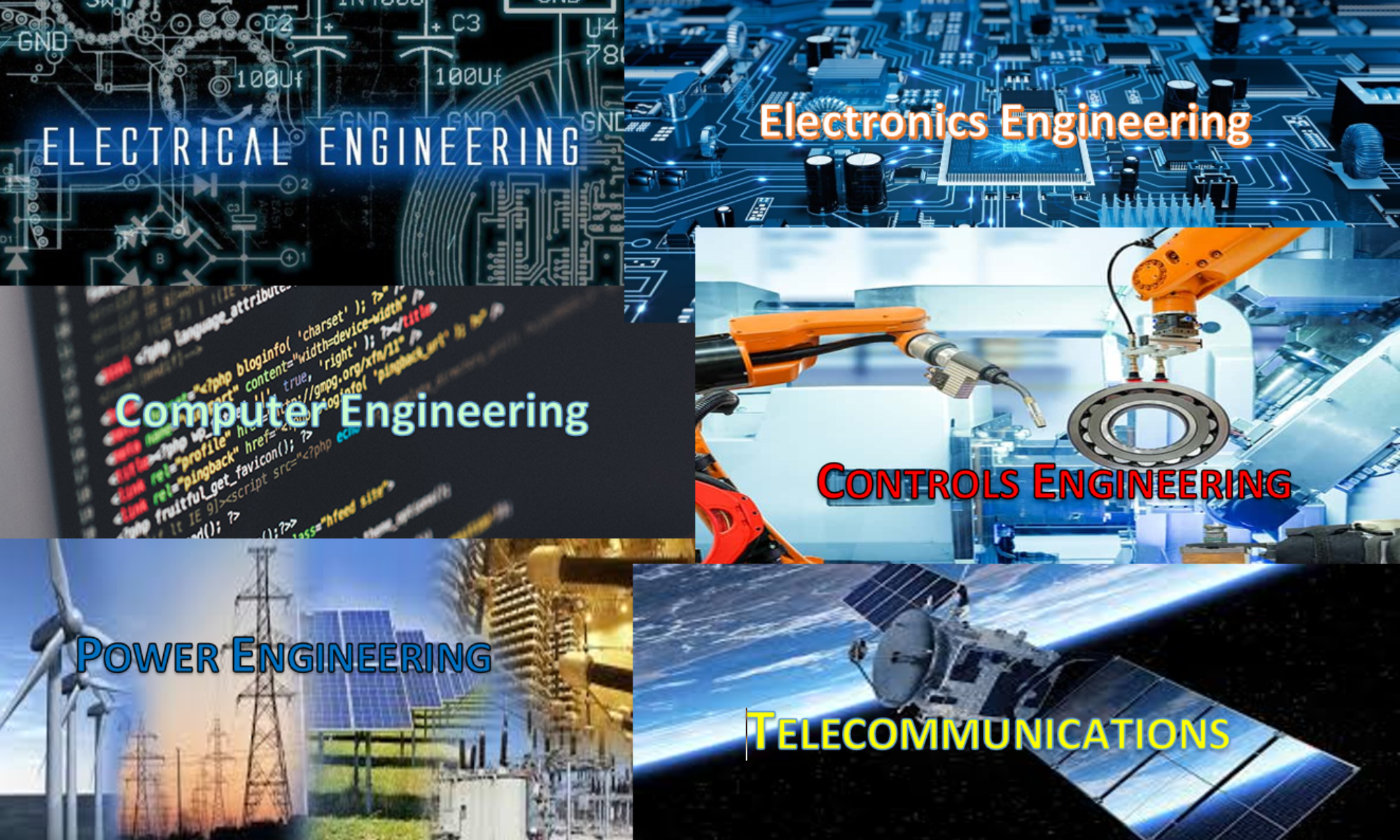
The Chattanooga Electric Power Board (EPB) utility was ranked #1 in the southeastern U.S. by its customers among residential power providers according to “J.D. Power’s newly launched U.S. Utility Brand Appeal Index Study.”
High marks were given to EPB for “customer trust, company reputation, and marketing execution.” EPB was also ranked #2 across the nation as an Internet Service Provider (ISP) by “Consumer Reports” with high marks for “value, reliability, speed, and technical support.”




